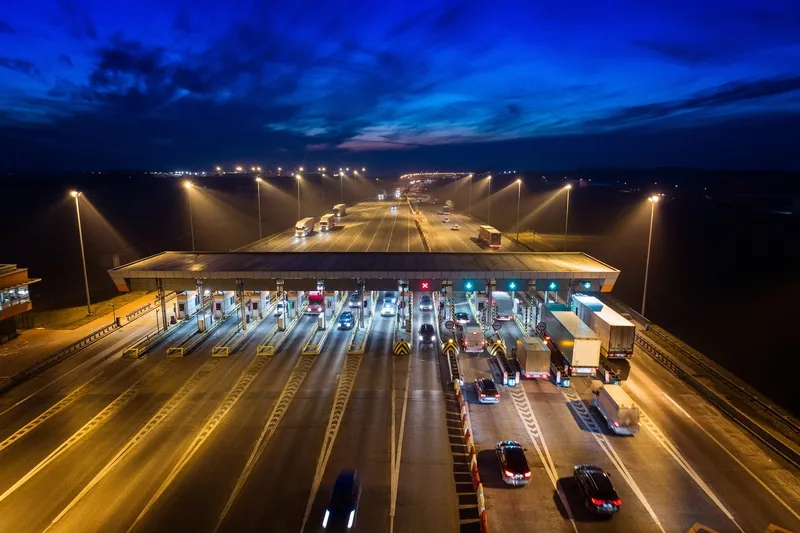“Despite all the hype about hybrid and smartphone-based telematics solutions, embedded connected car systems still have a bright future,” says ABI Research telematics and navigation group director Dominique Bonte. “On the OEM side, solutions such as GM’s OnStar and Hyundai’s Blue Link offer more reliable safety and security functionality such as emergency calling. Similarly, embedded aftermarket systems for insurance telematics, road user charging, or stolen vehicle tracking offer the best performance. Fina
April 17, 2012
Read time: 2 mins
RSS“Despite all the hype about hybrid and smartphone-based telematics solutions, embedded connected car systems still have a bright future,” says 5725 ABI Research telematics and navigation group director Dominique Bonte. “On the OEM side, solutions such as 1959 GM’s OnStar and 1684 Hyundai’s Blue Link offer more reliable safety and security functionality such as emergency calling. Similarly, embedded aftermarket systems for insurance telematics, road user charging, or stolen vehicle tracking offer the best performance. Finally, electric vehicles simply require embedded connectivity in order to remotely check battery charging status, which has even prompted 278 Ford to abandon its hybrid approach in the Ford Focus Electric.”
ABI Research predicts that the installed base of embedded OEM and aftermarket connected car systems is expected to grow from 41 million at the end of 2011 to 189 million by 2016.
However, car OEMs and Tier One suppliers are still facing multiple challenges in designing cost-effective, upgradeable, and easy-to-use embedded solutions and bringing them to the market rapidly. While vendors such as260 Continental, Saab, and SAIC Roewe and the Genivi consortium are pinning their hopes on open source operating systems such as 1812 Android and Linux, others such as 1686 Toyota are looking to adopt cloud-based systems to achieve cost and scalability advantages.
As the connected lifestyle era continues to gain momentum, especially with younger users, automotive OEMs need to develop a solid connected car strategy as an absolute priority in order to retain control over the user experience, safety, and monetisation opportunities of next generation vehicles.
ABI Research’s new Connected Car Market Data report provides detailed forecasts of embedded, hybrid, and converged connectivity solutions including subscribers, service revenue, and hardware shipments and revenues. It is part of the recently launched Connected Car Research Service.
ABI Research predicts that the installed base of embedded OEM and aftermarket connected car systems is expected to grow from 41 million at the end of 2011 to 189 million by 2016.
However, car OEMs and Tier One suppliers are still facing multiple challenges in designing cost-effective, upgradeable, and easy-to-use embedded solutions and bringing them to the market rapidly. While vendors such as
As the connected lifestyle era continues to gain momentum, especially with younger users, automotive OEMs need to develop a solid connected car strategy as an absolute priority in order to retain control over the user experience, safety, and monetisation opportunities of next generation vehicles.
ABI Research’s new Connected Car Market Data report provides detailed forecasts of embedded, hybrid, and converged connectivity solutions including subscribers, service revenue, and hardware shipments and revenues. It is part of the recently launched Connected Car Research Service.








